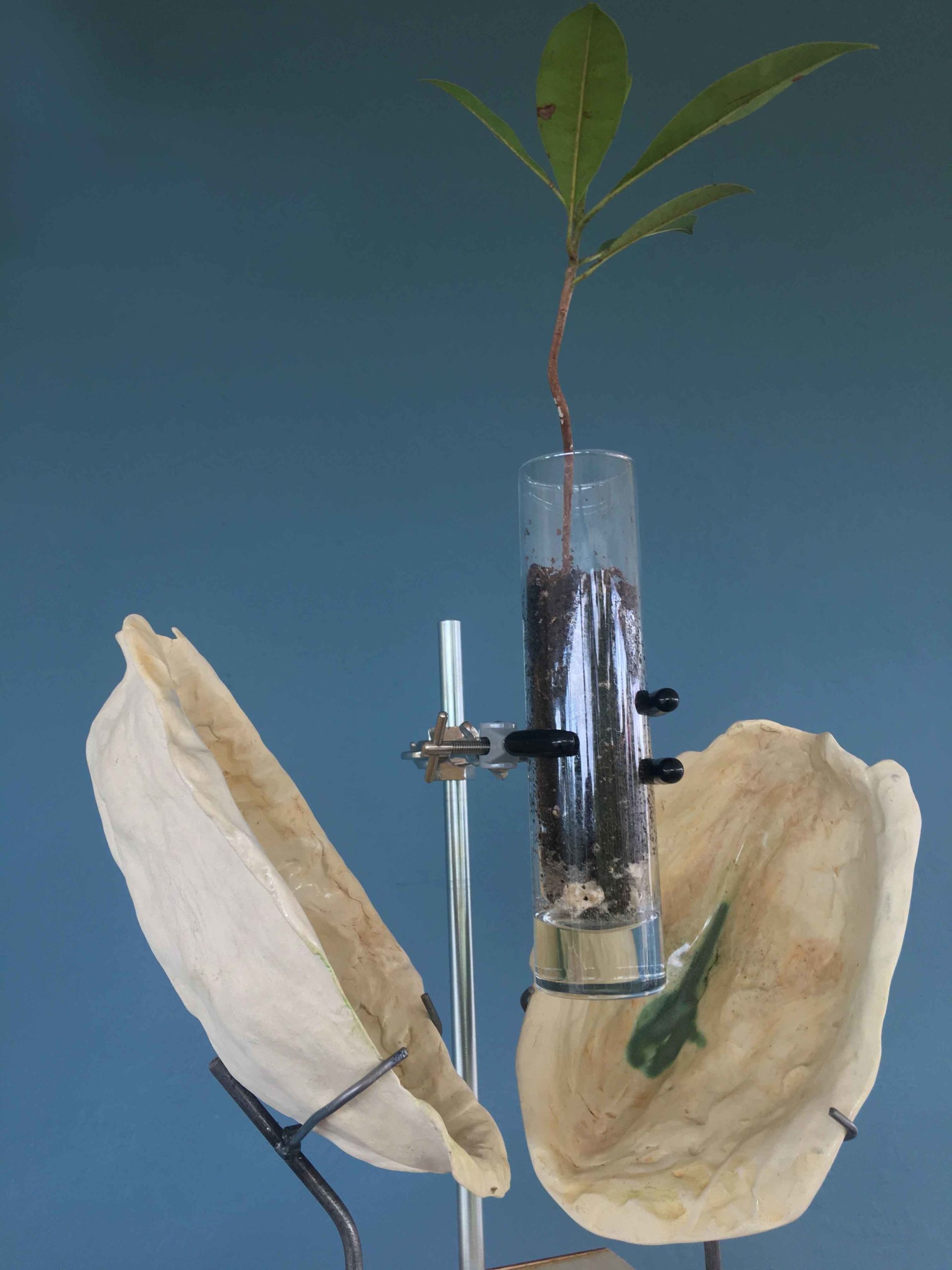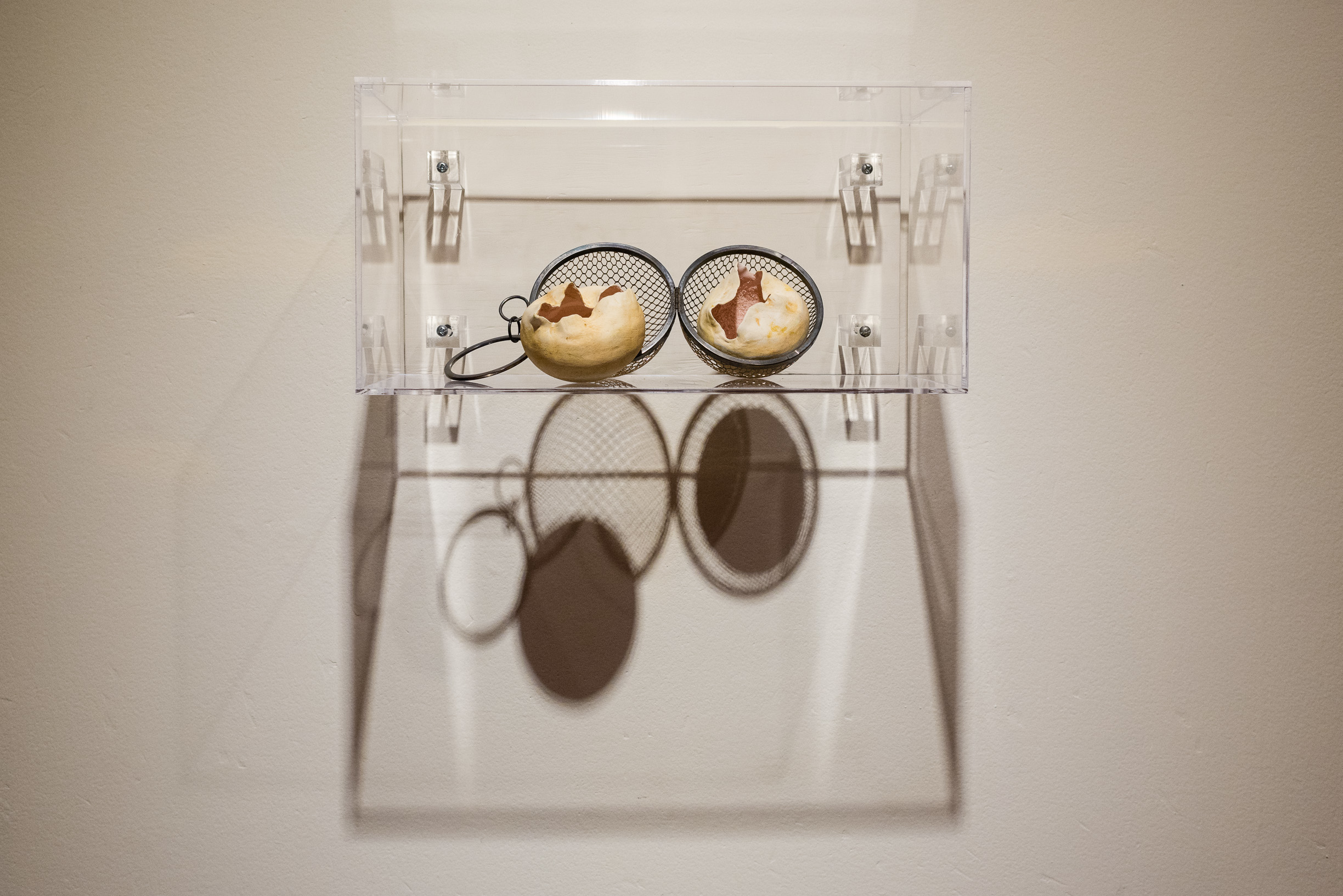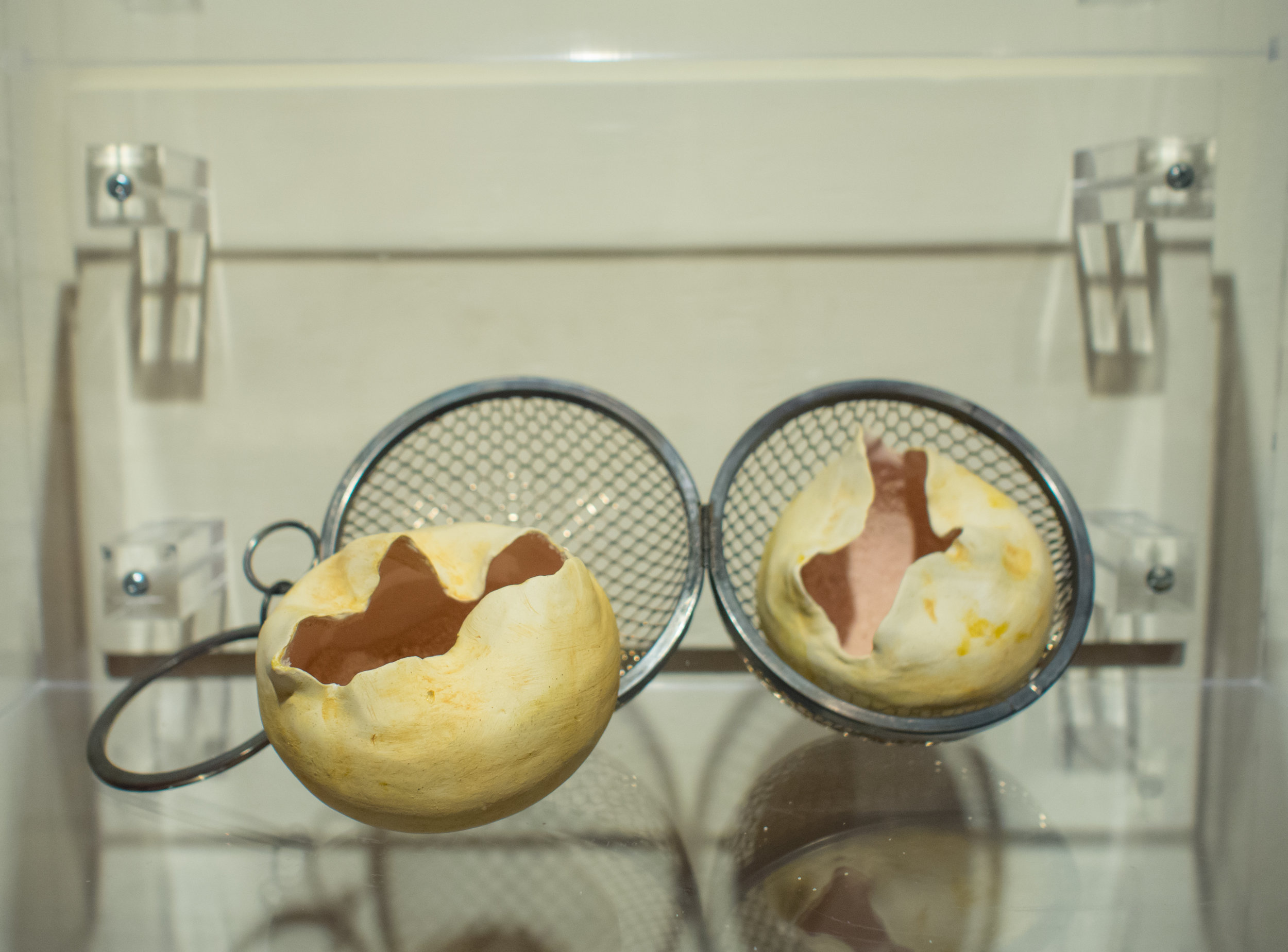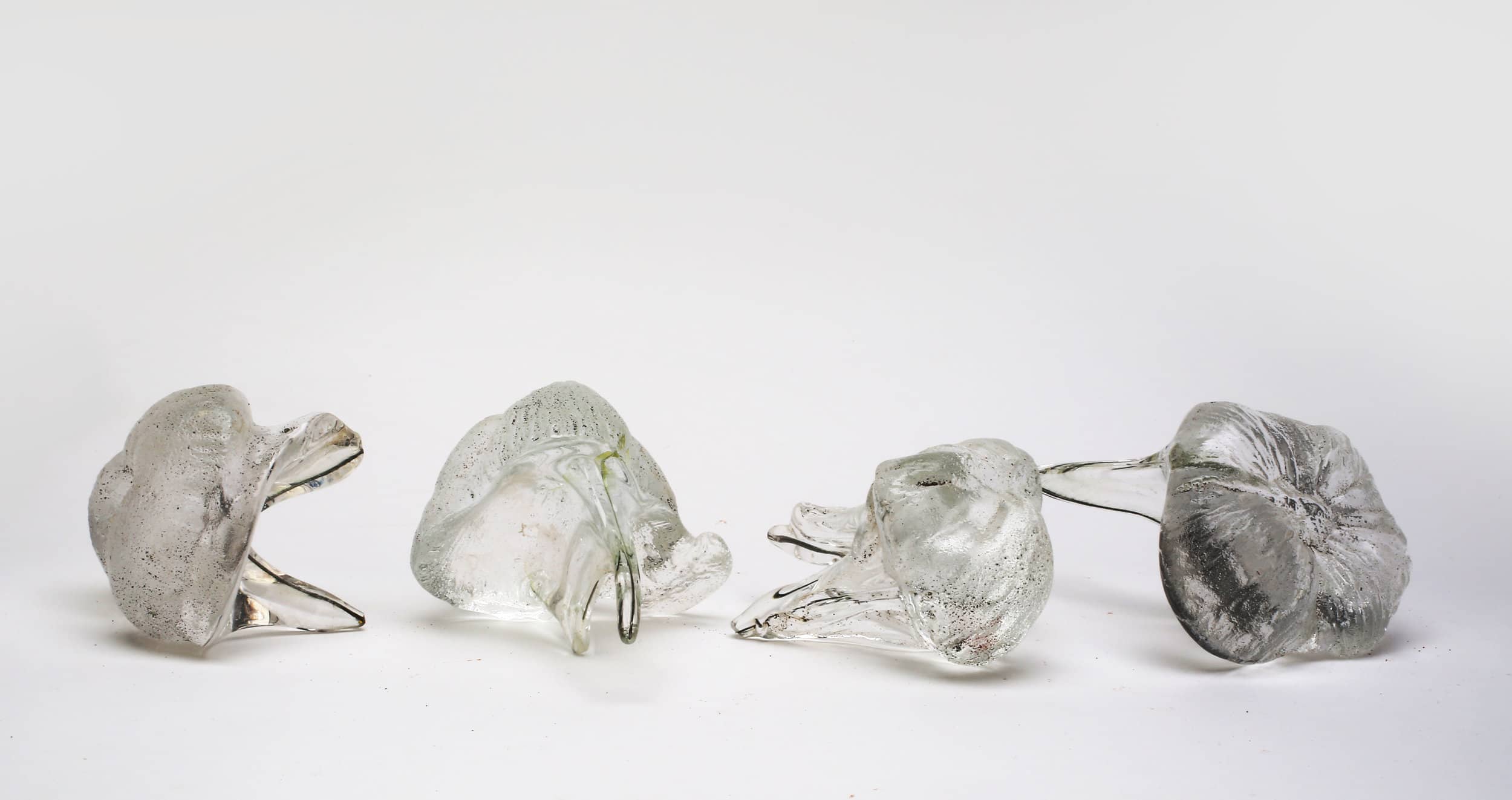By Natalie Willis. Art and language, be it in literature, poetry, or song, have perhaps always gone hand in hand. It makes sense of course, because really what we’re getting down to in artwork or in words is communication – often with one being used to describe or illustrate the other. It’s a happy collaboration, and so too was the collaboration between interdisciplinary artist Anina Major and her flesh-and-blood family A.L. Major. The two came together to produce Seedling (2018) for the NE9 “The Fruit and The Seed,” a work incorporating cohesively all manner of material – ceramic, wood, digital clocks, a newly sprouted dilly tree, and the words of poetry and phone calls overland and oversea. The work – part artistic laboratory experiment and part poetic becoming – gives us a way to think on the struggles of identity of the Bahamian emigre.
All posts tagged: Anina Major
A Body Of My Own: Anina Major reclaims the body
Troubling Narratives: This is how we suffer to remain
“We Suffer to Remain” is a collaborative exhibition whose seed was sprouted in November 2015, when I was invited to be a part of a curatorial cohort that visited Glasgow and Edinburgh, Scotland, as a part of the British Council expanding and investing in the emerging and burgeoning visual art ecology in the Caribbean. This meeting set an idea in motion about how institutions in the Caribbean can start thinking in new ways about partnerships and collaborations that, 20 years ago, might not have been possible. The Caribbean as a creative space continues to flourish in its liminality, continues to grow and inspire globally as a cornerstone of excellence but, unfortunately, also continues to be a perpetual site of extraction, exhaustion and removal. Perhaps one needs to be alone with these words to understand the gravitas and the generational weight of our inheritance.
My Mouth is a Heartbreak: Anina Major’s “Wisdom Teeth” (2017)
By Natalie Willis. Anina Major’s “Wisdom Teeth” (2017) are beautiful, haunting ghosts of an imagined body – this body could be mine, yours, our ancestors, an imagined overarching representation of the body of the Caribbean personified. Teeth are universal (for most of us at least), but they are also still body parts that have distinct history and stories for many of us. As a nation built on slavery, on the backs of Blacks, with a majority-Black population despite the diversity of races and nations that build into the potcake of this peculiar place – sometimes the Black racialising of experiences is too much to move past. Funny how that happens, in places still dealing with the toxic, poisonous vestiges of slavery with racism at the bedrock of our foundations. All this to say, when we look at teeth, we can’t not look at teeth in relation to Black people.
Locked in Our Bodies: A Resurrection of Voices
By Dr Ian Bethell-Bennett, The University of The Bahamas. We are locked in bodies that demonstrate a temporal fixity that is only such. This became more apparent to me on my first experience in Salvador de Bahia, where the material remnants of slavery and colonialism remained intact and on view, unlike in New Providence where most of the remains of slavery are either dematerialised, vanished and decontextualised. As “We Suffer to Remain” evidences, the coloniality of the postcolonial condition becomes even more poignant when expressed through a clash/confluence of arts. Art allows space for a dialogue that exposes the pasts and versions usually edited out by the passage of time, and the power of the state to redirect what was once empowerment discourses.
“To Have and Not To Own”: An Interview with Anina Major (Part II) on bodies and history
By Natalie Willis
Continuing on last week’s interview, the discussion builds on the rest of the body of work that Anina Major is producing for “We Suffer To Remain”, an exhibition featuring “The Slave’s Lament” (2015) by Scottish artist Graham Fagen alongside three Bahamian artists, Sonia Farmer and John Beadle included. Major’s work and much of the exhibition deals with the legacies of slavery as embodied by us as post-colonial subjects. This week she speaks to that embodiment, to pain, and to what it means to inhabit a Black feminine body in relation to the ideas brought up by this exhibition as well as recent events in the country.
Movements and Memory: An interview with Anina Major on art practice and the hauntings of history.
By Natalie Willis. We often speak of Slavery in regards to one demographic in particular and the detrimental effects that remain today – and rightly so. It is a painful legacy, but it is also a shared one. “The Slave’s Lament,” written by Scottish poet and lyricist Robert Burns in 1792, is a song that spoke to this history in its own time. It is also the title of a work by another Scot, Graham Fagen, who used this song in his presentation at the 2015 Venice Biennale International Art Exhibition. This newer rendition, featuring Reggae artist Ghetto Priest and a string ensemble, serves as the focus and starting point for us to begin to discuss this history through a slightly different lens. The exhibition, “We Suffer To Remain,” opens in March and features Fagen’s artwork along with that of three Bahamian artists, namely: Sonia Farmer, John Beadle, and Anina Major






